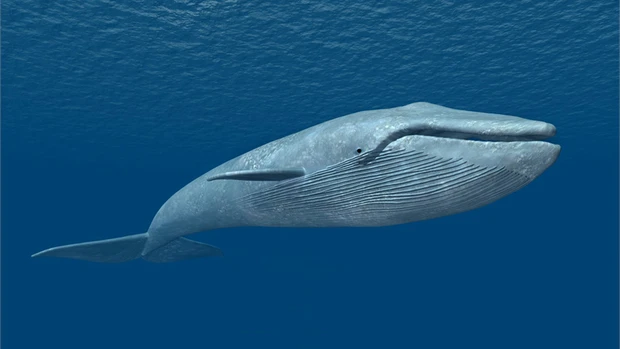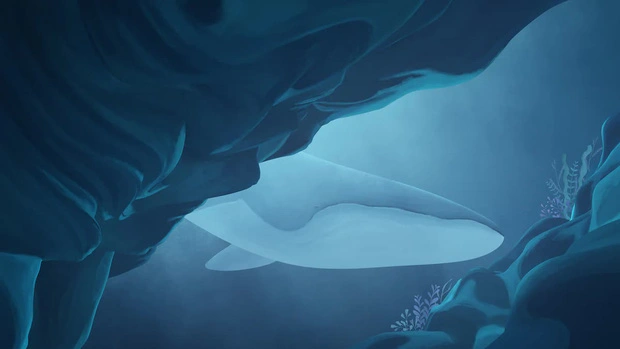The Sad Tale of the Loneliest Whale on Earth: Never Found but Still Evoking Worldwide Sympathy with a 30-Year-Long Secret
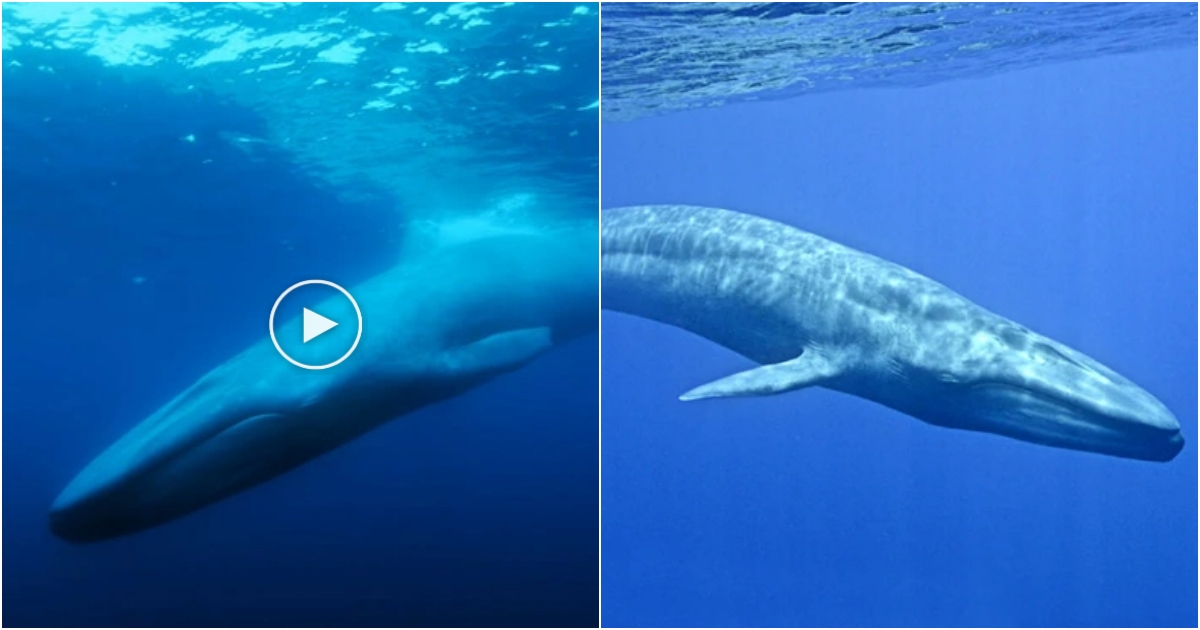
52 Blue is known as the loneliest creature in the world because it cannot connect with any of its kind. In the vast North Pacific Ocean, there are countless marine creatures, but this particular individual stands out. It is a male, believed to be a blue or fin whale. However, it has never been visually confirmed. Mysterious and elusive, this creature has gained worldwide fame for being the loneliest whale on the planet.
The whale that is never heard
In 1989, marine scientist William Watkins from the Woods Hole Oceanographic Institution (USA) discovered a peculiar sound while working in the Pacific Ocean. The sound was emitted by a creature moving through the water with an unusual frequency of 52 Hz. As a result, it was named 52 Blue or the 52-Hertz Whale.
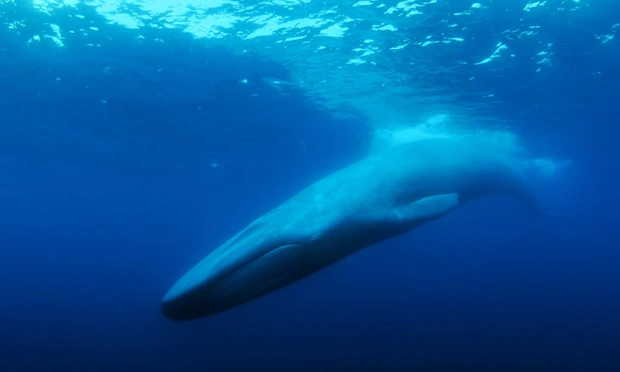
Analyzing the spectrogram of this enigmatic creature, marine biologists later predicted that it is a whale measuring approximately 30 meters in length and weighing around 180 tons. It is unique because it produces sounds that no other whale of its kind can hear. Other whale species, such as the blue whale with frequencies between 10-39 Hz and the fin whale around 20 Hz, cannot detect the 52 Hz sound. This high-pitched sound has sparked intense curiosity and has left the creature profoundly isolated. The high-pitched sound has separated 52 Blue from the rest of the world.
For humans, 52 Hz is a low sound, but for whales, it is exceptionally high. Whales are social creatures that rely on vocalizations to navigate, find food, communicate, and search for mates. Their calls can be heard by other members of their species even at distances of 3,000 miles, as long as they share the same frequency. This means that 52 Blue never has the chance to be heard by its counterparts. It is destined to live a solitary life.
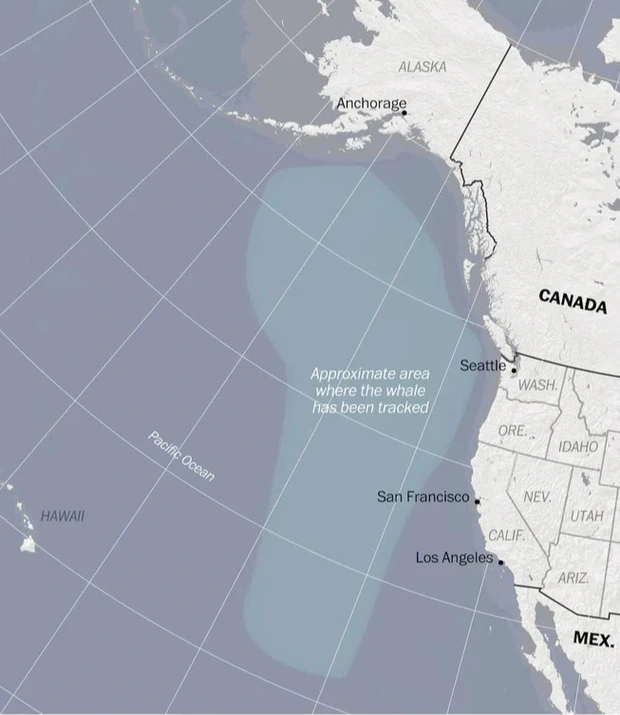
“Being alone or attempting to seek connection and never receiving a response is one of the greatest fears of humans. We are social creatures. Whales are too. They possess spindle-shaped cells, which means they know love, hate, and being part of a specific social circle. But 52 Blue is denied that opportunity,” said filmmaker Josh Zeman, who made a documentary about 52 Blue.
After more than three decades of being a major question in the scientific community, experts still cannot explain why 52 Blue emits this unusual frequency. The most widely accepted hypotheses suggest that it may have a deformity or be a hybrid of two whale species.
The journey to find the loneliest creature in the world
Since no other creature can hear 52 Blue, scientists decided to listen to its calls and try to “respond” to them.
Apart from its high-frequency sound, the movements of 52 Blue are also highly unusual. In 2004, researchers from the Woods Hole Oceanographic Institution published a report stating that 52 Blue continuously travels across the deep waters of the central and eastern North Pacific Basin. This solitary creature undertakes the broadest migration compared to any other marine species in the world.
Normally, marine species migrate to the same area each year, particularly to tropical waters in winter and colder waters in summer. However, 52 Blue does not follow this pattern. Its journey changes from year to year, and it never stays in one place for too long. It continues to wander, going in all directions, even though this journey is always a lonely one without any companions. Due to its unpredictable nature, no scientist has ever found or visually confirmed its existence. All we know about 52 Blue is its hauntingly beautiful presence and its enigmatic calls.
Because of its unique and poignant story, 52 Blue has become a symbol for lonely individuals who feel disconnected from the world and a source of inspiration for many artistic works. It appears in songs about loneliness and in books exploring solitude. From 52 Blue, people have even woven a narrative of optimism, believing that despite being alone, it continues to bravely live and seek connection with the world.
Nevertheless, our understanding of this mysterious creature remains limited. Is the “loneliest” label attributed to 52 Blue truly accurate? Is it true that 52 Blue is completely alone in the deep ocean? Or could it be that 52 Blue truly exists, or is it just a “phantom” of the sea? All of these questions have been posed for over 30 years, and we can only continue to await answers.
